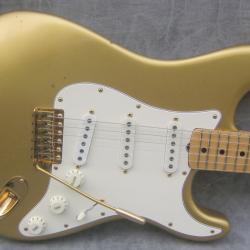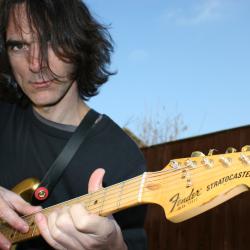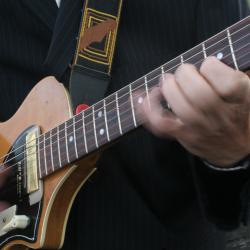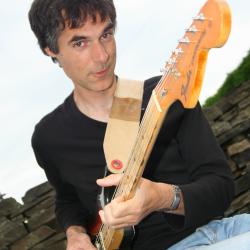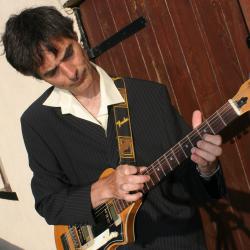 For this article a few high lights about using multi effect guitar units. I will not provide a shopping list for which unit to get or what is the best available processor around. Will mention some of my own experience with regards to multi effect units.
For this article a few high lights about using multi effect guitar units. I will not provide a shopping list for which unit to get or what is the best available processor around. Will mention some of my own experience with regards to multi effect units.
The first popular multi effects started to appear during the mid 1980s, the early ones used to be large in comparison to most of today’s units. Once the first multi effectors came out people ditched their compact pedals. Who will ever need them again eh? Well by the early 90s things changed again, and single compact effects were back and today we live in a world where guitarists use whatever they like.
What is there to like about a multi effect processor? Why is a good idea to use one? What about their sound compared to a single compact pedal? Are they easy to use?
All very good questions and there is a lot to say about each question. Most of the answers will depend on whatever unit you use as they all differ in sound and how easy they are to use.
Most beginning guitarists today will get introduced to effects by their guitar amps: Most of today’s amps do come with a handful of effects. These effects are often limited in tweak ability, they are good to give you and idea of what a particular effect will sound like. A multi effector can be viewed in a similar way: They are a great way to access many different effects coming all from one unit. They will give you an idea what each effect will sound like and how you can combine certain effects to create a unique sound.
Okay let us have a closer look at a typical multi-effector: Most of them will come with pre set sounds and the ability to modify- and store any of those pre set sounds. When you go through some of the sounds you will find that some of those sounds are really over the top: Impressive to hear but not really usable to play with. You will also find some signature sounds of well-known guitar players. Again, most of those sounds you will recognise, but they may not be that usable for your own playing.
When you analyse the individual sounds from any of the pre set sounds you will find that most of those sounds are created out of a combination of effects. This is a typical for multi effectors as they get their sound from the combination of certain effects. Try to modify one effect and you will often find out that you will need to add other effects to this single effect to get a good, usable sound.
All in all this is good, as it shows you how sounds are being created.
How good are the sounds in multi-effectors compared to single compact pedals? Maybe you should not ask. One of the reasons to use multi effectors is to be able to create unique, individual sounds which you may not be able to get from a single compact guitar effects pedal.
If you are really fond of delay sounds it may still be easier to get a single delay unit and get your sounds from there. View a multi effector as a sound generator rather than something you use for one particular sound.
Over the years multi effectors have become easier to use. Some of the Boss ones feel almost like you are using a handful of their single compact pedals in sound and ease. Very good and impressive indeed.
A big advantage of why to use a multi effector must be to have a lot of sounds available from one unit: Very useful for gigs and studio work. It saves time patching around pedals and you can also store your own, individual sounds. Out of all the sounds you get you may have about 10 sounds you really like, and those 10 may be very usable for your own playing.
Once you use a multi effector, why not combine some of the sounds with any of the single compact pedals you already use in your set-up? This will give you even more power to tweak your own sounds.
Once you have created a few, unique sounds do not use these sounds all the time as they will loose their uniqueness. Use the sounds from time to time to keep things fresh.
Enjoy your sound adventures and hope to see you soon again for more updates,
Eddie


